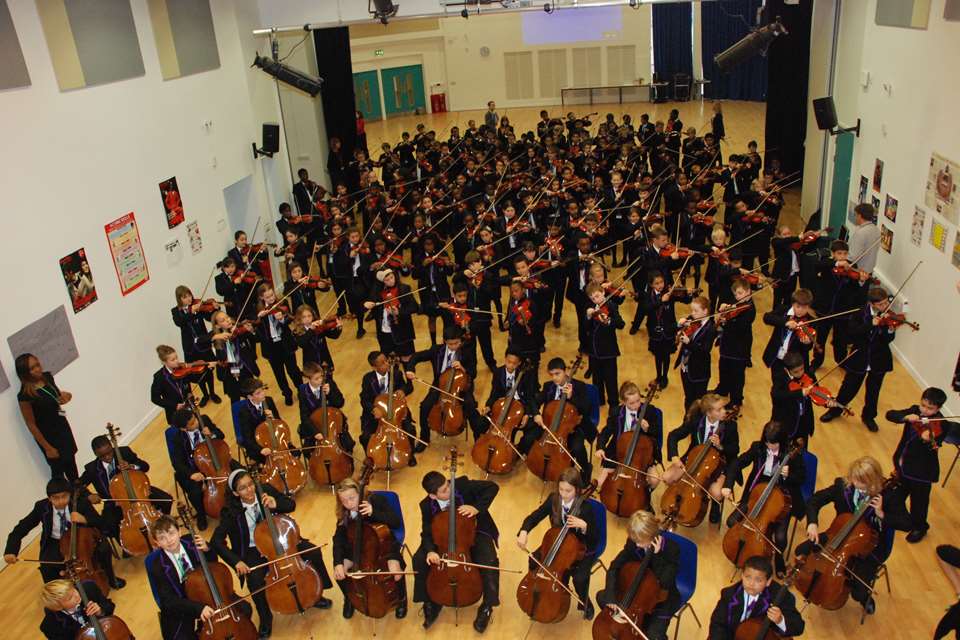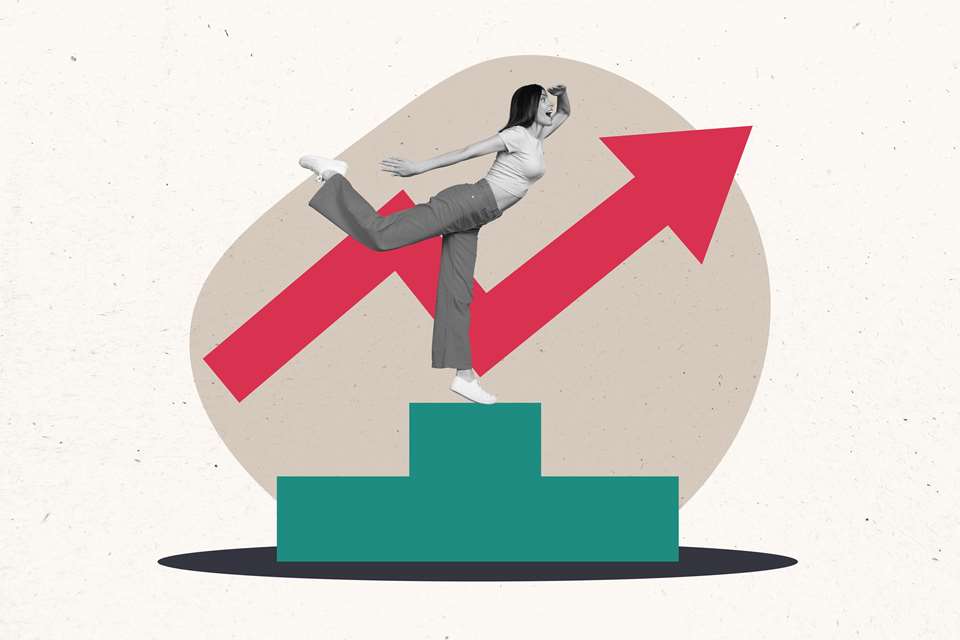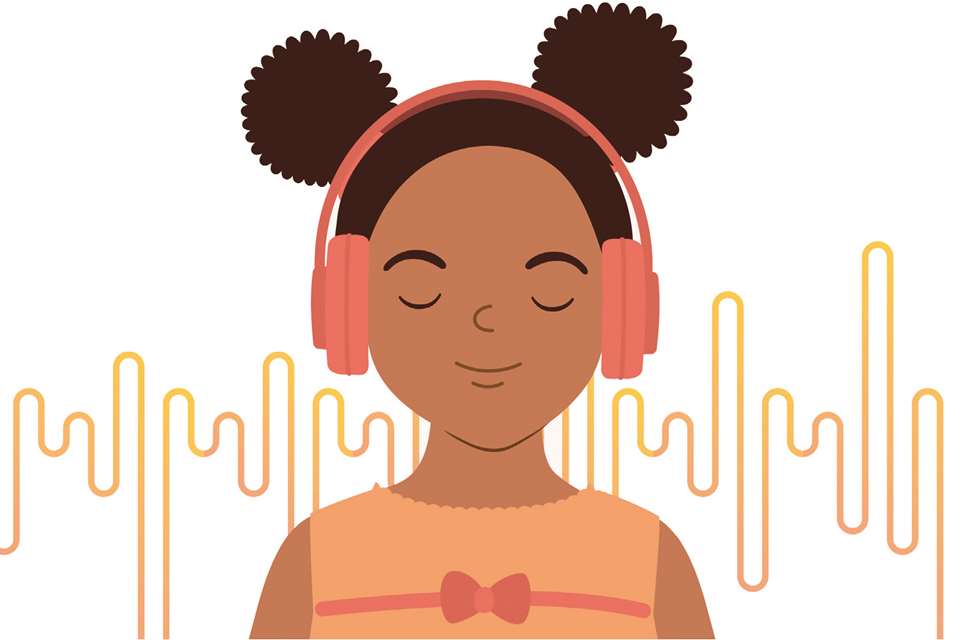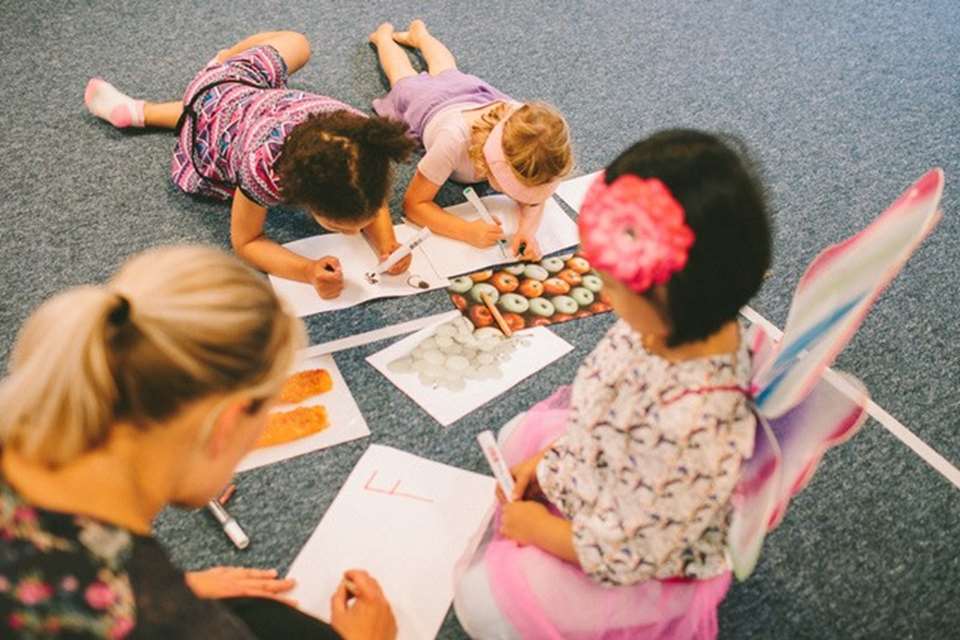Mental health and wellbeing column: giving confidence and empowering
Wednesday, November 1, 2023
Drawing on research from the Education Endowment Foundation, the Music in Secondary Schools Trust offers an insight into how different learning models can boost the progress and attainment of disadvantaged students.
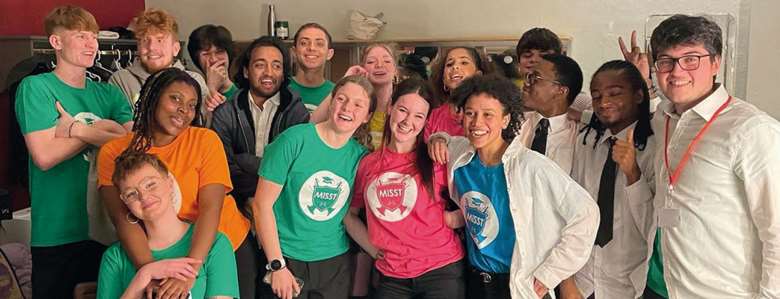
MiSST
There is a temptation for schools and other educational organisations to focus only on immediate academic outcomes for performance table rankings. The best schools will, of course, also want to help students lead fulfilling and successful adult lives. This ideally includes providing opportunities to participate in creative curricular and extra-curricular activities, which we know create happier children. Indeed, a 2019 survey by the Music in Secondary School Trust (MiSST) found that after three years of learning a musical instrument, students' self-confidence increased by an average of 10%.
However, it is well documented that current secondary pupils' educational provision and social development were impacted by two years of Covid-related disruption, and the stubborn gap between outcomes for disadvantaged students and their more affluent peers has only widened as a result. Teachers seeking guidance on closing this gap might begin with the Education Endowment Foundation (EEF), which offers a summary of strategies to support disadvantaged students.
As the UK emerged from Covid lockdowns in 2021, MiSST considered how to apply current research to music education. Metacognition and self-regulation – supporting pupils to think about their own learning more explicitly, often by teaching specific strategies for planning, monitoring and evaluating – were found to add seven months to the progress of disadvantaged students each year. With learning a musical instrument, students recognise early on that self-discipline and practice means faster progress.
Tuition is an interesting aspect of EEF's findings. The prevailing model in more advantaged schools finds students receiving one-to-one peripatetic support each week, adding a significant five months to the average student's progress. However, EEF also found that small-group tuition, which is far more cost-effective, can still add four months. MiSST adopted the group-tuition model to good effect in 2022/23 and as part of its weekly Andrew Lloyd Webber Programme.
While general strategies emerge from EEF's findings – such as behaviour intervention, parental partnerships and use of homework, each adding around four months’ progress annually – there are three areas of particular interest to music educators. The first is simply participation in arts education, formal and informal, which adds upwards of three months’ progress. Summer schools, for example, add three months’ progress – so should music play a part in catch-up schemes, often found during Key Stage 2 to 3 transition? Thirdly, ‘mastery learning’ adds five months’ progress each year. This means students taking an instrument, receiving regular, quality small-group tuition, and being guided to become self-disciplined learners, habitually practising until they have ‘mastered’ their instrument. This is the stage at which they realise they can play more advanced pieces well, recognising in themselves a skillset that they feel confident applying to other pieces. Then, playing music becomes an enjoyable experience, preferably as part of a shared one with others.
Encouragement, working hard and enjoying making music with others are simple but effective tools for closing the attainment gap.


